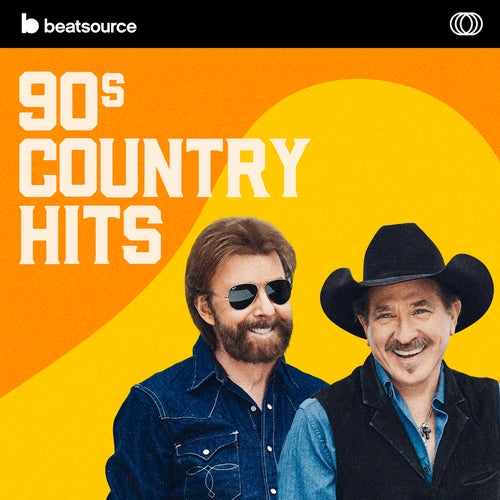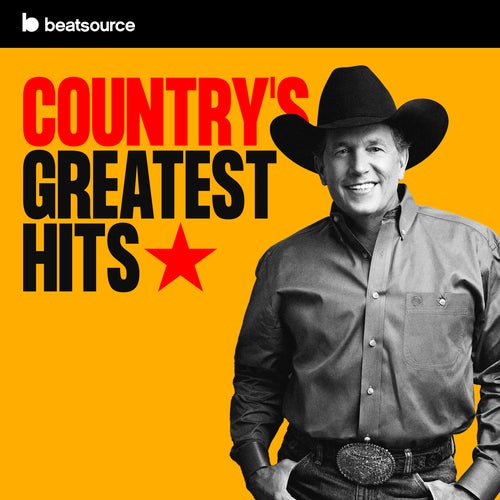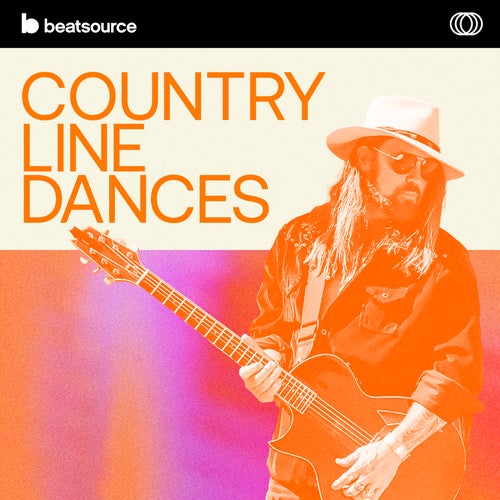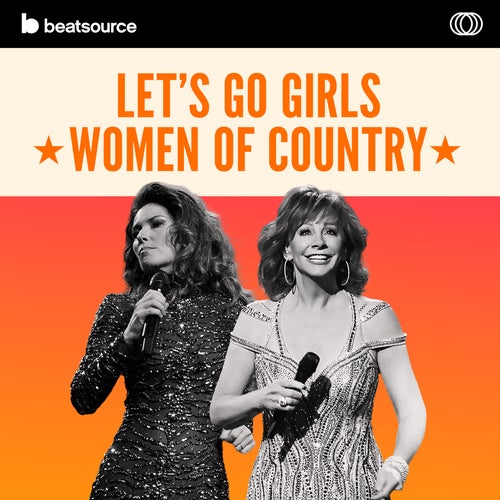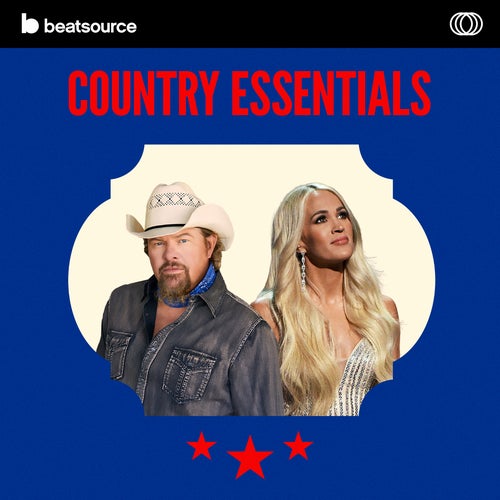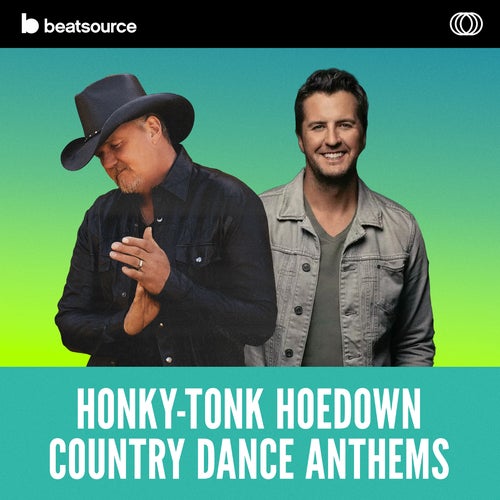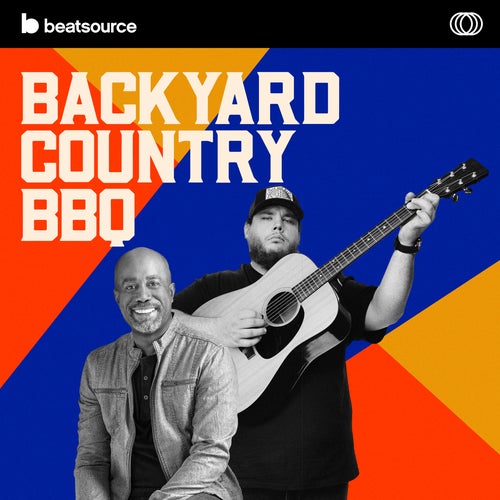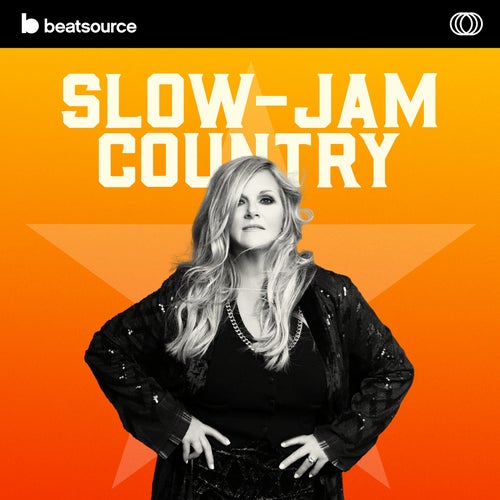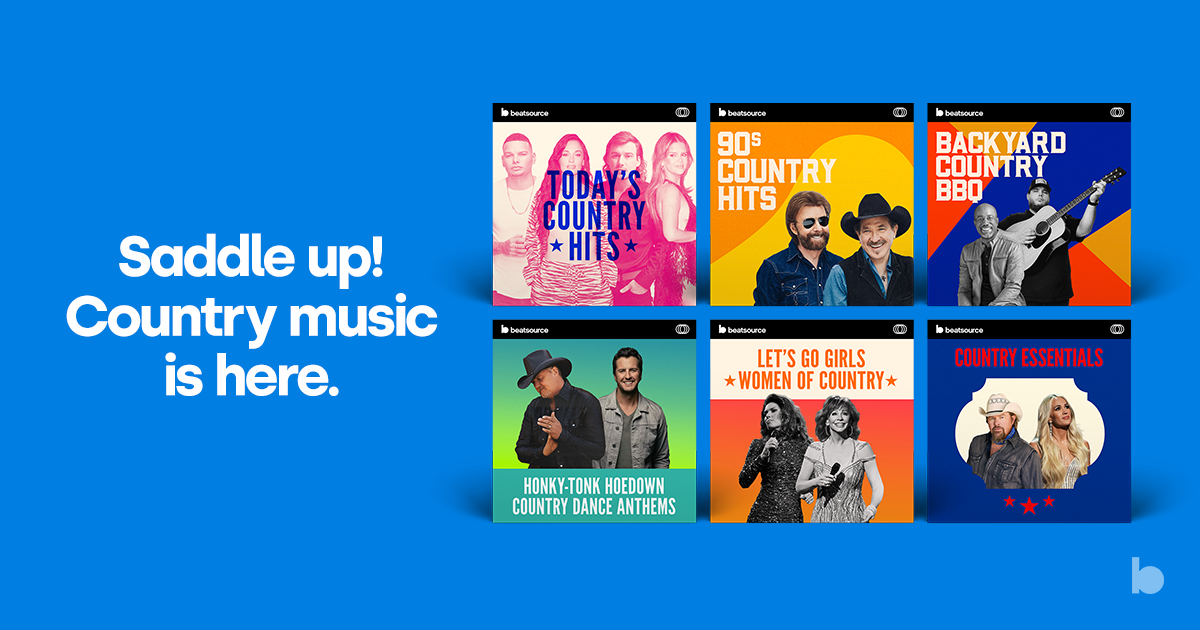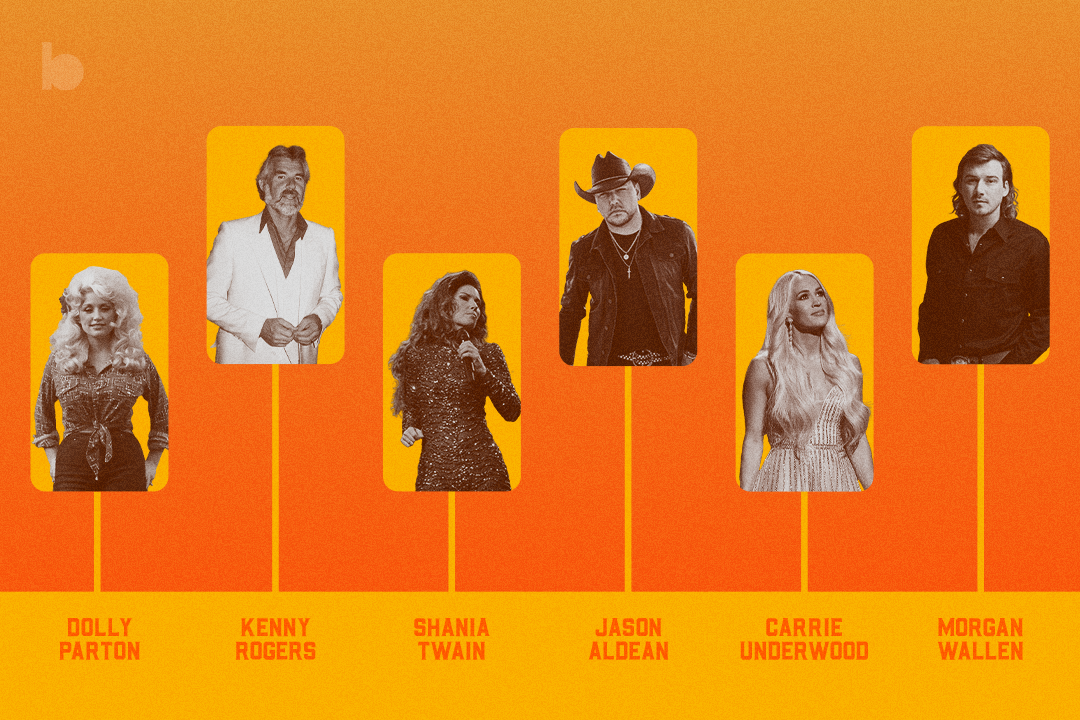
Written by Marcus Dowling
From Dolly Parton to Carrie Underwood and from Kenny Rogers to Morgan Wallen — 50 years of music history celebrates the idea that country music for DJs should’ve already impacted DJ rigs and dance floors significantly.
That isn’t necessarily reflected in the current state of DJ culture, but now that’s set to change.
Beatsource, the digital music platform for open-format DJs from DJcity and Beatport, heard the call of country music fans everywhere confirming recently the addition of country music for DJs as an official genre via their online streaming catalog. The addition of country music to Beatsource, long the favorite source of hip-hop, pop, and electronic music for DJs, makes the platform the first to carry and market an extensive country music catalog to DJs, including exclusive DJ edits.
Starting this conversation by heading back to 1930s barn dances and 1950s sock hops is logical. However, for a collection of music chronicling the last half-century of country music, it’s unnecessary. But do realize that if tapping into country music, this has always been — like disco, house, or EDM — a genre built on forging communities via dance-ready entertainment.
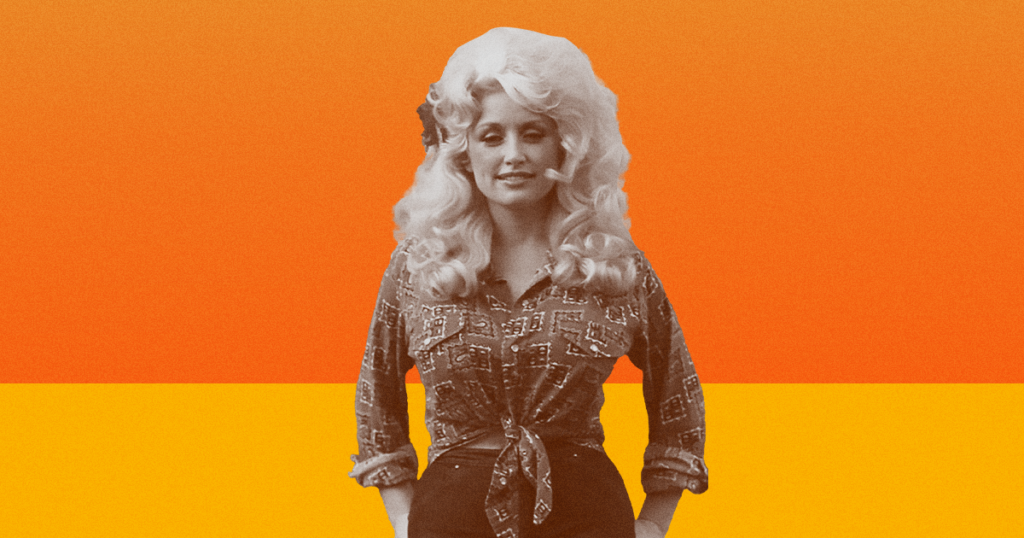
For all things Beatsource and country, it’s best to start this with Jerry Carrigan. The drummer responsible for playing a disco-ready four-on-the-floor rhythm on Dolly Parton‘s 1974 classic “Jolene” is the same man responsible for playing Latin polyrhythms on early country-to-soul crossover cuts that birthed Muscle Shoals soul and expanded Nashville’s countrypolitan sound.
Carrigan’s ability to shift rhythmic dynamics and loosen up drumming patterns opened a door that, within a decade of “Jolene’s” crossover success — and the Bee Gees post-disco era — allowed Brothers’ Gibb-produced R&B-flavored country ballads like Parton and Rogers’ 1983 classic “Islands In The Stream” to achieve great success.
Moreover, country, as a format leaning to dance music — and this causing honky-tonks to head in a boogie-ready direction but not wanting to play non-country music — birthed three other movements.
Foremost, acts like The Charlie Daniels Band amped up bluegrass with rock elements on songs like 1980’s “The Devil Went Down To Georgia.” Then, artists like George Strait, Randy Travis, and Keith Whitley blended Southern-bred and countryside soul vocals with a greater guitar influence (and lessened influence of percussion-driven pop) to the tune of 33 No. 1 singles in the 1980s alone. These included songs like Strait’s “All My Ex’s Live In Texas,” Travis’ “Forever and Ever, Amen” (both released in 1987), and Whitley’s “I’m No Stranger To The Rain” (from 1989). Then, by 1991, veteran Southern Oklahoma/North Texas singer-songwriters Brooks & Dunn mixed bluesy, rural beloved rock with country’s traditional swinging sound to craft songs like back-to-back top-charting singles “Neon Moon” and “Boot Scootin’ Boogie.”
Simultaneous with country discovering sustainability on pop dance floors, hip-hop-flavored R&B had replaced disco as progressive soul’s sound du jour.
By 1992, hip-hop’s growth from a Northern-born and Western-expanded cultural movement had reached its southern expansion via Atlanta’s TLC, achieving a top-five Billboard Hot 100 year-end chart hit with the single “Baby Baby Baby.” By 1999, the group’s “No Scrubs” was No. 2 overall on the year-end Hot 100.
Acts including 112, Bone Thugs N Harmony, Boyz II Men, Toni Braxton, Maria Carey, Coolio, Dr. Dre, En Vogue, Jodeci, Montell Jordan, Mase, Monica, Next, Puff Daddy, R. Kelly, Silk, Snoop Dogg, Keith Sweat, SWV, Tag Team, Usher, and Wreckx-n-Effect all achieved top-10 year-end status as R&B acts in a near-decade long space where hip-hop culture had finally achieved national impact.
These artists — because of their initial emergence in unprecedented space — all eventually impacted artists, fans, and record executives alike in country music.
Simultaneous to southern — also meaning country — music fans being exposed to hip-hop culture significantly for the first time, “90s country” was developing as a still mainstream-beloved movement.
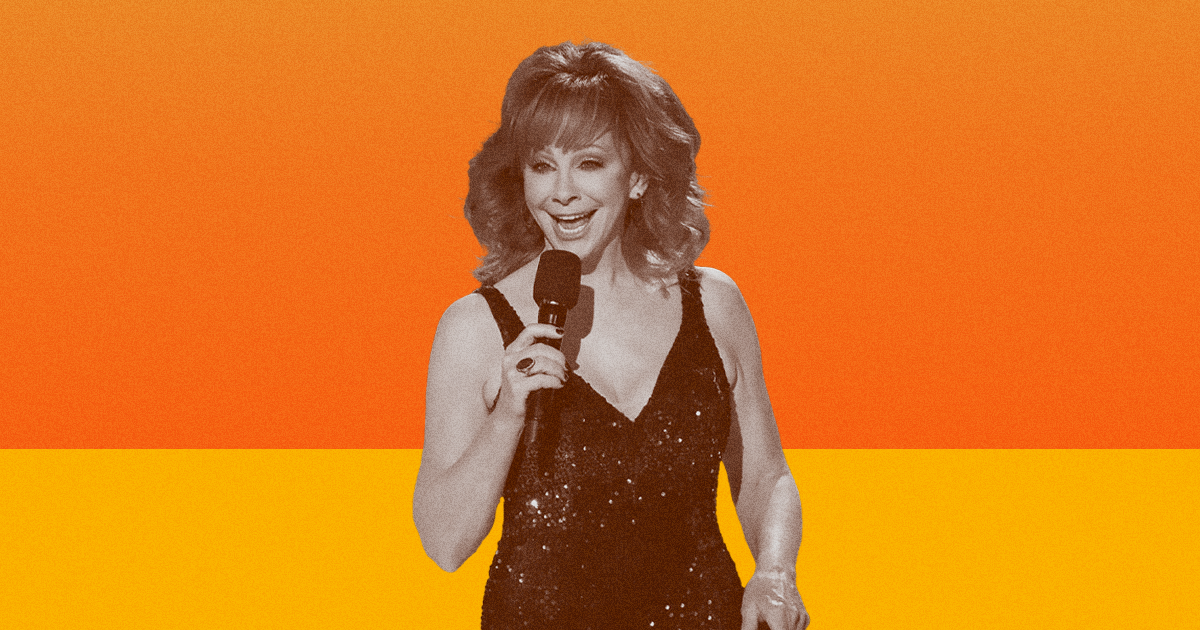
Garth Brooks, Alan Jackson, Reba McEntire, and Shania Twain — four of country’s best-selling artists of all time — sold nearly 150 million combined albums in America in the decade alone. As a result, songs like “Friends In Low Places,” “Chattahoochee,” “Fancy,” and “Man! I Feel Like A Woman” are significant parts of country music’s contributions to the modern pop songbook.
The collision of country and hip-hop at the pinnacle of pop success occurred by 2000. The 2000s’ overall No. 1 Billboard single was Faith Hill‘s “Breathe.” Notably, Lonestar’s “Amazed” is at No. 8 in the same countdown. The half-decade that followed saw all of country and hip-hop’s contributing influences of previous eras — bluesy rock, bluegrass, dance, rap, and soul — mixing and commingling in bizarre combinations with varying levels of success. From Kid Rock and Sheryl Crow‘s country-rock ballad “Picture” to Big & Rich’s “Save A Horse (Ride A Cowboy),” the era ushered in wild collaborations that impacted everywhere from the radio to the dance floor and beyond.
The early 2000s also saw the emergence of acts including New Zealand-born country-rocker Keith Urban, bluegrass-to-pop-country artist Dierks Bentley, the growth of performers like Kenny Chesney, and acts including Rascal Flatts expanding country’s various styles.
In 2005, Nelly — a chart-dominating St. Louis-based rapper (now reflecting hip-hop culture’s Midwest growth) — paired with country superstar Tim McGraw for “Over and Over,” a genre-blending ballad that broke into the top 50 on Billboard’s year-end chart. Seven years later, Nelly paired with Florida Georgia Line (the tandem of Brian Kelley and Tyler Hubbard) for “Cruise,” a song that spent six months on top of country music’s sales charts. The key? Florida native Kelley and Georgia native Hubbard grew up — like anyone keenly listening to all manner of pop music in the era — hearing a mix of music that ranged as broad as country stars like Garth Brooks and Alabama to rappers like Lil Wayne and Eminem.
Add this success to artists like Jason Aldean‘s songs like rap-based “Dirt Road Anthem,” and the intersection of hip-hop and country emerges. Key as well, note songs like Luke Bryan‘s rocker “Country Girl (Shake It For Me)” or Miranda Lambert‘s “Kerosene,” and the danceable rock element hearkening back to Brooks & Dunn emerges. Then, toss in female artists like Carrie Underwood, with soulful torch songs like “Before He Cheats,” and that link returns. To varying degrees, these songs are dance floor fillers beloved across genres and populations worldwide.
In the era just before and now emerging from COVID-19, country music continued to play a role in dance and pop music’s traditional connections. Artists like country favorite Maren Morris expanded and solidified the genre’s dance music traditions — circling back to Parton and Jolene — by collaborating with Zedd for “The Middle” in 2018. In addition, two Atlanta rap-employed singer-songwriters — Blanco Brown and BRELAND — have followed Lil Nas X‘s surprising “Old Town Road” with robust catalogs of genre-blending music as unlikely country stars.

Also, streaming kingpin Morgan Wallen‘s work with rappers like Lil Durk for the 2022 urban radio hit “Broadway Girls” continues Nelly and Tim McGraw‘s previous work. Moreover, groundbreakers like Kane Brown prove — with collections of music that have gained cosigns from the likes of Randy Travis to dance producer blackbear, plus pop and country fans worldwide — that the spaces between country and all genres are closer than ever.
The breadth, depth, and scope of country’s ability to stand alone or with any brand of popular music on dance floors — or any setting — is unparalleled to an incredible degree. However, throughout the past five decades, numerous examples highlight that this has grown from an unexpected evolution to a lightly-appreciated notion to potentially representing music’s most popular future.
